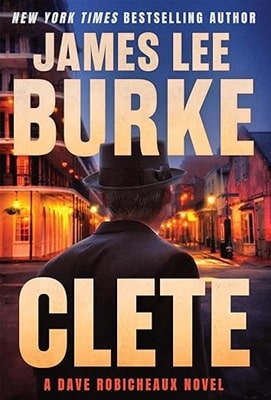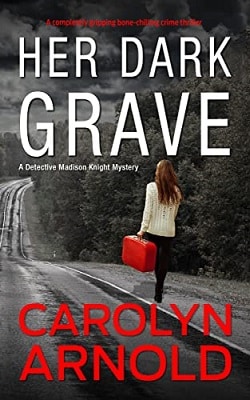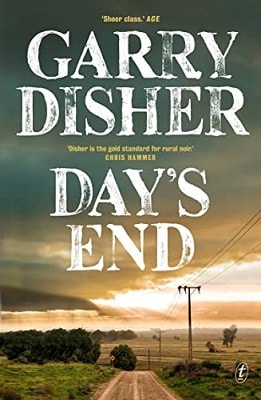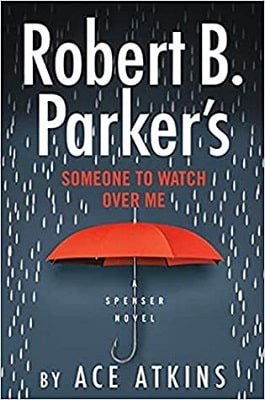
Trey Gowdy is the #1 New York Times bestselling author of Doesn’t Hurt to Ask, Start, Stay, or Leave – The Art of Decision Making, and co-author of Unified, with Senator Tim Scott. He’s the host of Sunday Night in America with Trey Gowdy on Fox News and The Trey Gowdy Podcast. Gowdy served as a four-term congressman from South Carolina. Before running for Congress, he served as a federal prosecutor in his home state and a district attorney in Spartanburg and Cherokee counties. Trey Gowdy is married to Terri Dillard Gowdy, a former first-grade school teacher in Spartanburg, South Carolina.
Q: Why write this fictional book?
Trey: I have had a fictional book in my head for a decade, but too scared to write it. I had a chance meeting with my CEO, Suzanne Scott. She asked if I want to take a crack at writing fiction. The story would have stayed in my head, but for Suzanne Scott encouraging me to write it.
Q: Have your experiences influenced the writing of this story?
Trey: The spine of this novel is the real murder of a young woman, Dana Satterfield, who owned/operated a beauty salon and was brutally murdered with the killer not apprehended for a decade. Although every other part of the crime is different: the killer, the suspects, and the murder weapon… It was a way for me to honor her and the parents. It happened in 1995. I talked with the Sherriff about that case a lot. She had two children.
Q: What about the police and the judge in the story, were they based on anyone?
Trey: The police are an amalgamation of the homicide detectives I worked with. I did not bump into any corrupt judges while a prosecutor for sixteen years, but obviously bad judges make for a good mystery. I prosecuted over 100 cases, so I know the relationship between prosecutors and the police and between prosecutors and crime victims. The media and TV shows usually get it wrong.
Q: Michael Connelly had a quote, paraphrasing, ‘I speak for those who no longer can.’ Are prosecutors/homicide detectives haunted by cold cases?
Trey: There is no doubt about that. I write in the book that the best prosecutors put themselves in the position of the victim and then communicate that to the jury. The challenge with being a homicide prosecutor is that their victim is dead, so they must figure out how to communicate what that is like to a jury. They do it through this magically marriage of passion and logic. The prosecutor is being challenged to seek, not closure, because that is a myth, but a closure of the criminal justice chapter of grief. This is the highest level of trust. They are counting on the prosecutor to get justice for their person who is either to injured, to scared, or to dead to speak up for themselves. I have a quote in the book, “prosecutors give the powerless a voice.” It is the only voice because the victim’s voice in the book has been vanquished. Often in a homicide case the body is the best witness.
Q: Do you think you put readers in the mind of a prosecutor?
Trey: I put in the book, prosecutors try to feel like a victim and think like a killer. Prosecutors never have to prove why in a murder case, but a jury does want to know the why. What would cause someone to do this? I spent much more time trying to figure out what the defense would argue. I spent a ton of time thinking like a killer, particularly if they will testify. What are they going to say?
Q: It seems that today many of the criminals are made into victims, including the recent murder of the Ukrainian girl in North Carolina where there was a Go Fund Me page for the predator. Do you agree?
Trey: I know that is something where people want to make a victim out of the defendant. Every death penalty case is nothing but that. Days and days of mitigation that is designed to make the jury feel sympathetic for the defendant but that never worked in the cases I prosecuted. Lots of people grew up in tough situations and never take it out on an innocent person by murdering them. One thing I argued to the jury: if someone was bullied, they should go and kill the person who bullied them. I have asked, what is the connection of that person being bullied and the victim who has never done a solitary thing to them? If a prosecutor is any good, they will draw the disconnect between the excuse the defendant is offering and their actions.
Q: How would you describe the prosecutor Colm?
Trey: He has guilt and grief. He is caring, cynical, but empathetic. Colm has been dealt the worst two cuts, losing a child and then losing a wife. I have a line in the book, “Apathy is just a socially acceptable form of slow suicide.” He is apathetic of his own well-being. He has a gift that he can help people who cannot help themselves, while at the same time he cannot help himself. He wants good things to happen to good people and bad things to happen to bad people.
Q: How would you describe the Judge, Martin Weber?
Trey: He is inconsiderate, condescending, selfish, and as I say in the book, “in the legal system the judge is king.” Most of my friends who went on to become judges, became humbler. Every now and then there are judges who have “robitis.” It is not a real-life psychological disorder, but there is something when the black robe is put on. It makes someone think they are smarter than they really are. A judge should be an umpire not a participant. This judge is not only a participant but is trying to influence the outcome of the game.
Q: What do you want to say about the case?
Trey: I want women to know that they are more likely to be killed by someone who knows them than a stranger. The reason so much time was spent on the person Rachel was in a relationship with is because that is usually who it is. Science wins most cases these days. But DNA is of no consequence if you have no one to match it to. The key is how to find out who the DNA belongs to.
Q: What would you want the readers to understand about the role the victim, Rachel, played?
Trey: The cruelty of fate. Most people never see death coming, that they wake up and it is the last day of their life. She is a hard worker with a moral compass because once she found out the Judge was married, she ended the relationship. I wanted to show how this case takes a toll on Colm. This was true with me as well. I had to leave the courtroom because it will take a toll on a good prosecutor if they do it the right way for a long period of time. It takes a toll emotionally, physically, and spiritually.
Q: Why did you explain in the book that the type of weapon used can tell a lot?
Trey: The most impersonal way of killing someone is with a gun. The longer the distance the less personal. Then there is the use of a hammer, knife, scissor. One of my cases had someone killing an elderly couple with a hammer where there was so much blood. What would possess a person to do it? Strangulation represents personal rage and rejection. There is no blood yet with strangulation someone could literally feel the life going out of the body.
Q: Next book?
Trey: I have in my head books two and three to this series. I left this book with a cliffhanger, where in chapter one, there is another murder, of a defense attorney. The Rachel case gets solved but not this one. I will continue the backstory on the waitress Belle Atkins and the relationship between the detective Bonz and the prosecutor Colm. The crime will be a murderer who tries to cover it up. It depends on what my boss says about writing more books. I feel like she will say go ahead.
The Color of Death by Trey Gowdy is his first attempt at fiction and it is a home run. The novel was written with the help of mystery and thriller writer Christopher Greyson, a Wall Street Journal bestselling author.
This psychological crime novel draws heavily from Trey Gowdy’s own experiences as a prosecutor for sixteen years. He prosecuted murder cases, including seven involving the death penalty. He is currently a Fox News Host of Sunday Night in America and hosts a podcast. It is obvious by his dog’s names what job he loved. They are named Judge, Jury, Bailiff, and Justice.
The plot has Assistant District Attorney Colm Truesdale agreeing to investigate the brutal murder of a South Carolina small-town beauty salon owner, Rachel. Yet he must also face his demons, struggling to regain control over his life that was shattered with the death of his wife and young child.
A bonus is that Gowdy presents readers with an understanding of what prosecutors must go through. The author allows readers to take a journey into the mind of Prosecutor Colm as they see the emotional toll he takes seeking justice for the victim. People will also see the darker side of humanity and sympathize with the victim instead of the criminal.
This story has many twists as readers gain an insight into the justice system and how prosecutors work with the homicide detectives to find the preparator. The story is very engaging, fast moving, and riveting.






